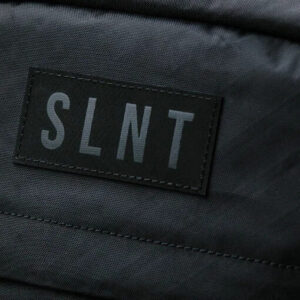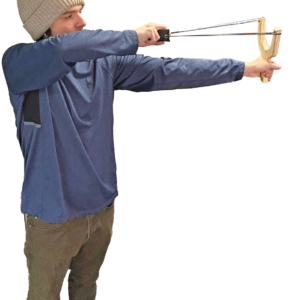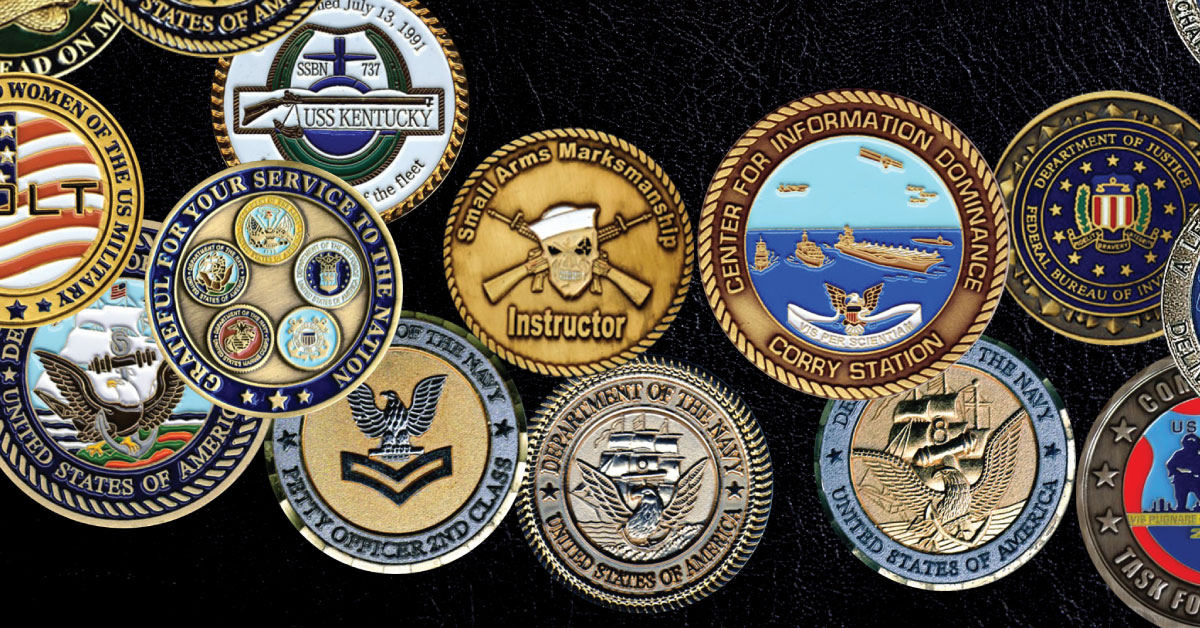
Challenge Coins
By Vegim Krelani
There are many legends about the history of the challenge coins, and they’re all great. However, the most famous story is the one of an American pilot flying on the side of the French during World War I. Showing true grit and survival mentality, typical of American heroes, the story has inspired warriors across many generations. The contemporary meaning of challenge coins has changed but still remains a popular tradition across all services.
A life-saving coin — behind enemy lines
During WWI, many American volunteers joined the French armed forces in their fight against the Germans. A group of pilots attached to a French Squadron distinguished themselves by having their own unit medallions designed, which they carried with pride. One particular medallion was gifted to another American from a different squadron, and he placed it in a leather pouch that he wore around his neck.
This particular pilot was shot down behind enemy lines by the Germans and was captured and stripped of all uniforms and belongings. Surprisingly, the leather pouch containing the coin wasn’t confiscated, and they allowed him to wear it. Soon after, the pilot escaped captivity and rushed over to the French side of the battle, but things got even more intense. He ended up in a French outpost and was immediately arrested. He spoke no French and was suspected to be a German saboteur, so they decided to execute him.
The challenge coin became legendary when a French soldier recognized the insignia in the bronze unit medallion. This delayed the execution until they confirmed that he was not a saboteur but an American volunteer. Appreciating his contribution to the French cause, the French soldiers gave him a bottle of wine. Upon returning to his unit, the story became popular, and the medallions became an essential item for all pilots. Simultaneously, the challenge of having your coin at all times was started; otherwise, you would end up paying if you were not carrying yours.
Challenge coins and the contemporary use among the services
The oldest unit coin discovered belonged to the 17th Infantry Regiment commanded by COL William Quinn, and the coins were minted in 1950. COL Quinn had these coins made as a special recognition to his soldiers before deployment.
On one side of the coin, there was the unit insignia with the deployment year above it, while on the other side, there was a buffalo and the year 1812. The year refers to the original establishment of the 17th Infantry Regiment in the early days of what is the greatest military in the world today. The buffalo represents the unit’s history in the Korean war and has since been adopted into the official coat of arms.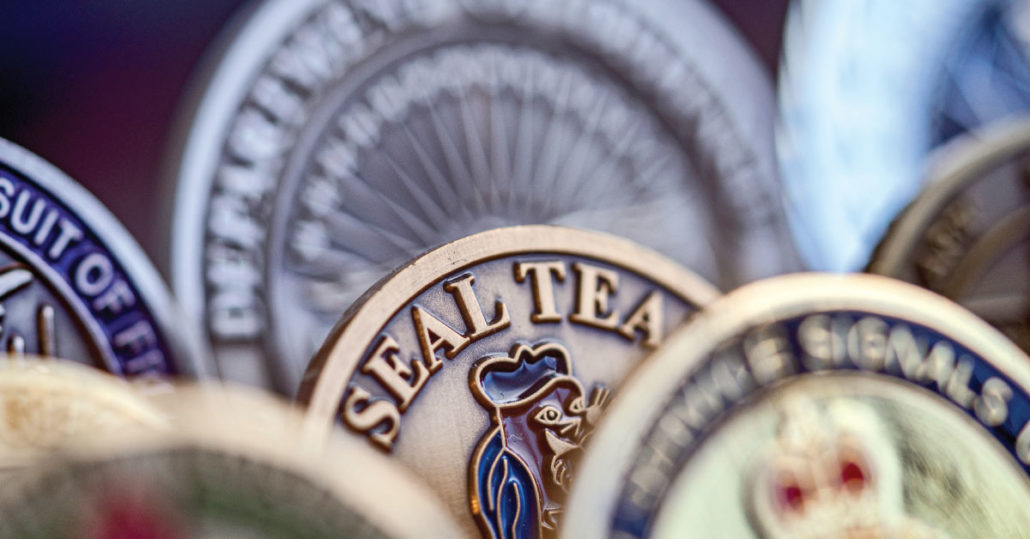
Challenge coins today mean a variety of things to a variety of military cultures. It may symbolize a particular mission that a group of airmen were a part of or simply a means to see who’s paying for the first round of drinks. The post-9/11 deployments to various war zones have also shifted and reinvented the challenge culture to a certain extent. The trend has also been adopted by non-military organizations, and each coin has a story within.
What are the rules of the challenge coin?
• The drawing of your coin initiates the challenge. You can slap it on the counter or hold it in the air or even shout the challenge. The point is that you have to announce the challenge in some form.
● All those present have 15 seconds to respond to the challenge and are only allowed one arm’s reach to their coin. All coin holders present during the coin challenge are considered participants.
● The one person or group of people unable to present their coin will have to pay for a meal or a round of drinks, depending on the challenge posed by the initiator.
● In cases where everyone responds with a coin, the person who challenged the others will buy the round of drinks or whatever the challenge.
● Failure to live up to the commitment is frowned upon and is considered unit/group disloyalty. In such cases, the unit/group asks that particular individual return the coin since he or she has not lived up to its standards.
● Coin checks may occur anywhere and anytime.
● No other person may borrow your coin to respond to the coin challenge.
● Owning a group/unit coin comes with a degree of responsibility to the others and upholding the traditions of that coin.
● Being part of a group that cultivates a challenge coin culture means you are a set of people who share a deep and a special bond.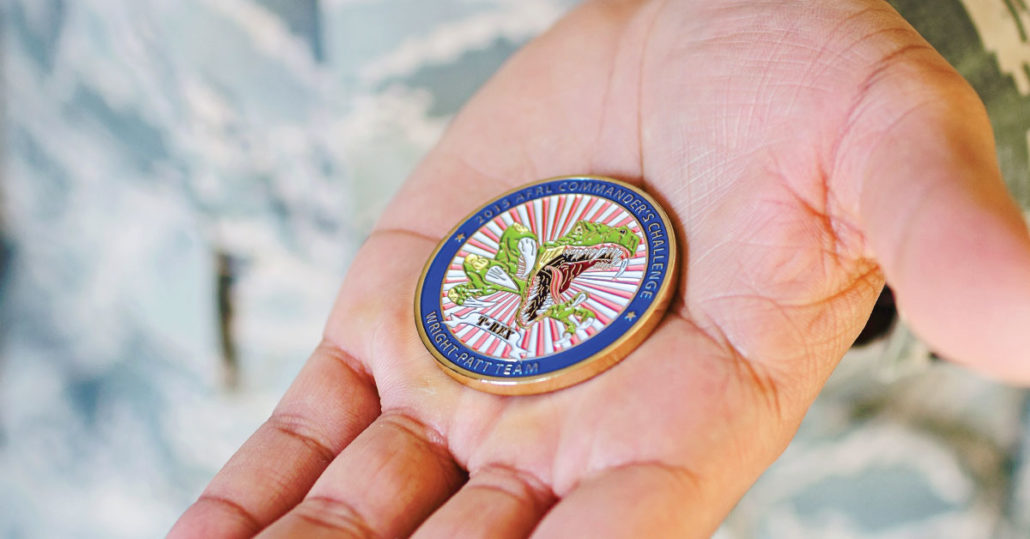
You can always start your own challenge coin
Although this tradition originates from the military circles it is also becoming a trend among civil societies and in the business world. The culture has transcended beyond military camaraderie and shows how friendships have evolved in the 21st century. So, as long as there is a special bond between a group of friends or emotional attachment to a joint project, the challenge coin can be a shared value.
If you’re looking to start your own tradition of the challenge coin, you now know the guidelines and you can actually twist a rule or two. The idea is to have something that’s genuine and that brings out a special connection that you want to cherish.
So, take the initiative, draw a list of names and start designing your own challenge coin today!

